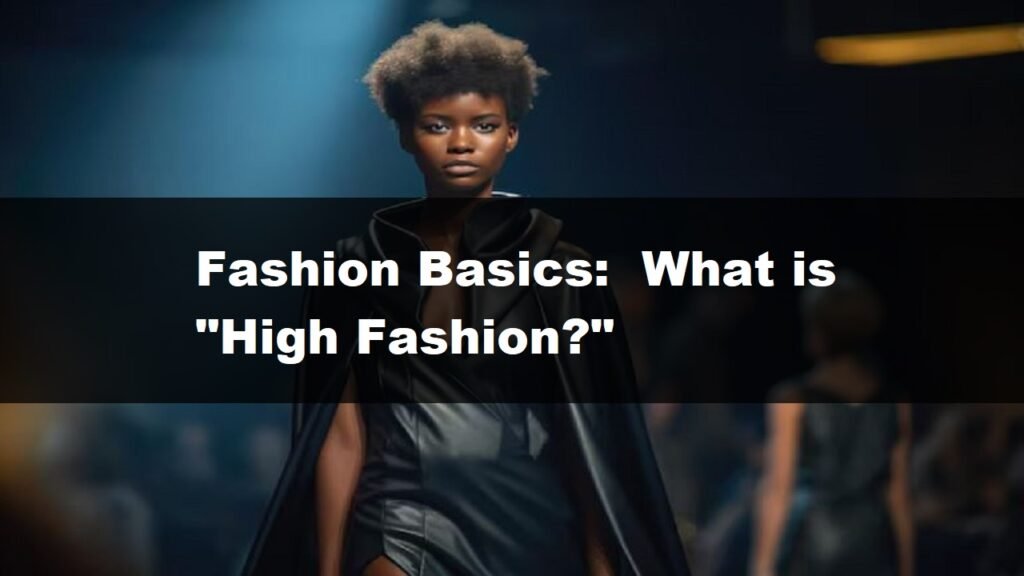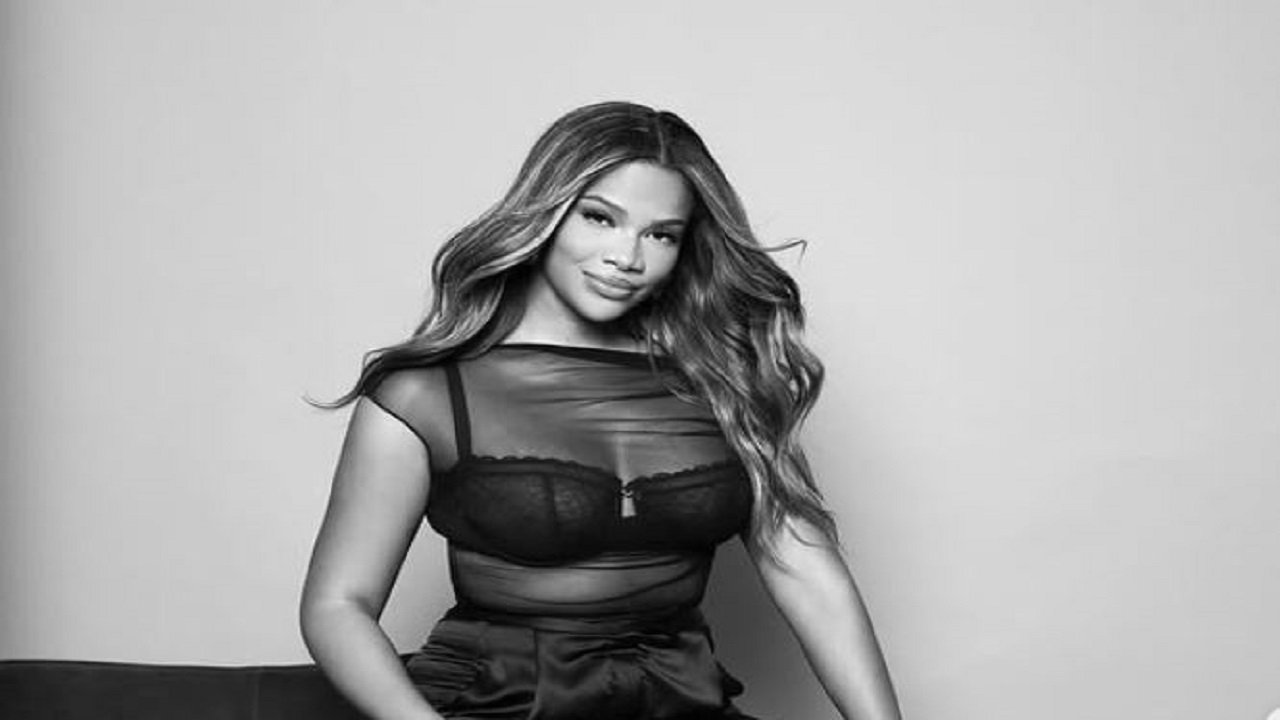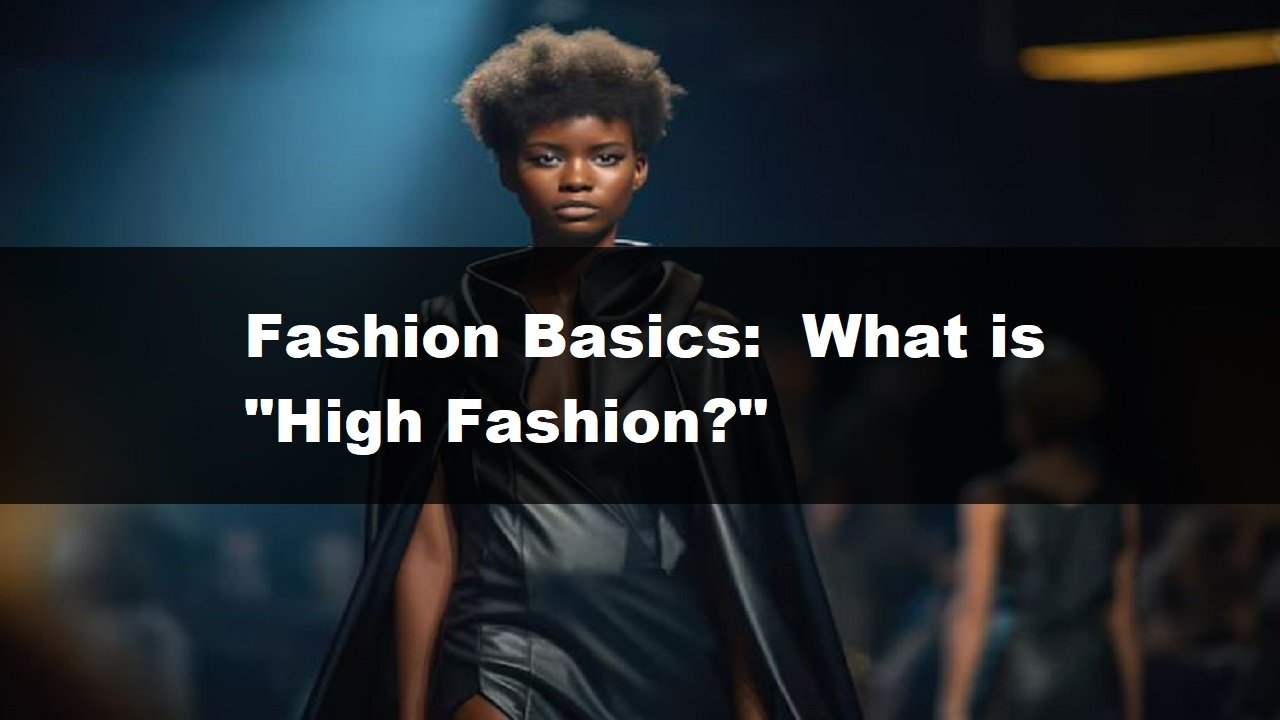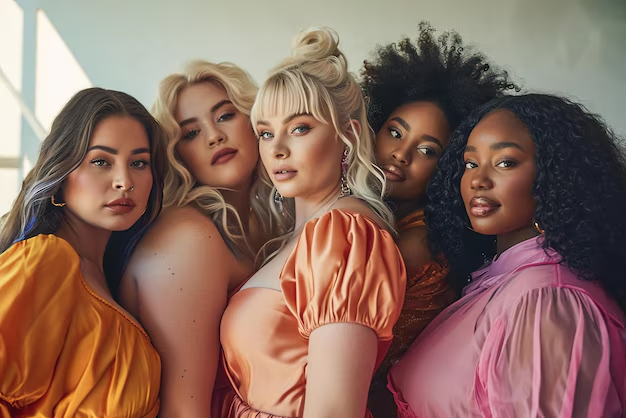High fashion, often a blend of luxury, exclusivity, and cutting-edge innovation, is the crown jewel of the fashion industry. It’s where the boundaries of style are pushed, with top designers and fashion houses setting global benchmarks for beauty and sophistication.
From the meticulous, custom-fitted artistry of haute couture to the polished opulence of high-end ready-to-wear collections, high fashion is a hallmark of expert craftsmanship, premium materials, and a heavy influence on cultural trends. But what does “high fashion” really mean, and how does it differ from haute couture?
In this post, we’ll unravel the essence of high fashion, breaking down its meaning, defining characteristics, and its ripple effects across the fashion world.
High Fashion Meaning
High fashion is all about the creation and curation of top-tier, trend-setting, and luxurious clothing and accessories by elite fashion designers and prestigious fashion houses.
It embodies both haute couture – a world of exclusive, made-to-measure pieces – and high-end ready-to-wear collections, often produced in small batches and showcased in upscale boutiques.
How Did High Fashion Begin?
The origins of high fashion, particularly haute couture, trace back to Paris – still reigning as one of the most influential fashion capitals of the world. It all began in the mid-19th century when Paris started cementing its status as the epicenter of luxury and bespoke fashion.
High fashion was once reserved for creating garments tailored to a single individual, using only the finest materials and crafted by skilled artisans in renowned fashion houses. Occasionally, these creations found their way into films or, later, television series – a clever way for brands to display their artistry to a wider audience.
By 1945, standards for haute couture became more rigorous. To qualify, a fashion house had to meet strict criteria, such as:
- Designing custom-made clothing for private clients, with fittings.
- Maintaining a Parisian atelier with at least 15 full-time staff.
- Employing a minimum of 20 full-time technicians.
- Presenting at least 50 original designs (daywear and eveningwear) per season, twice yearly (January and July).
Today, haute couture remains protected under French law, governed by the Chambre de commerce et d’industrie de Paris, ensuring only select brands meet its stringent regulations.
High Fashion vs. Fast Fashion
In a broader sense, high fashion can also refer to exclusive, trend-setting clothing crafted by designers in iconic fashion capitals like Paris, Milan, and New York.
These styles often spark inspiration for fast fashion brands, which replicate them on a mass scale for a fraction of the price.
But here’s the catch – while fast fashion makes trendy designs accessible, it comes with significant social and environmental downsides. From exploiting labor in developing countries to contributing to environmental degradation, fast fashion is an unsustainable model.
Breaking up with fast fashion isn’t just about saving money – it’s about making more conscious choices for a better future.
High Fashion Brands
When it comes to high fashion, certain names instantly come to mind – brands that have become synonymous with luxury, elegance, and timeless style – often dominating runway modeling with their iconic designs.Most iconic ones:
1. Chanel
Chanel S.A. stands tall as a French luxury fashion powerhouse, offering everything from haute couture and ready-to-wear clothing to handbags, sunglasses, and jewelry.
Established in Paris in 1909 by the legendary Gabrielle “Coco” Chanel, this brand revolutionized women’s fashion by introducing elegant, minimalist designs, breaking away from the extravagant styles of the 19th century.
Chanel’s influence remains unmatched, with its products gracing the wardrobes of women across the globe.
2. Gucci
Founded by Guccio Gucci in Tuscany in 1921, Gucci has grown into an Italian luxury brand celebrated worldwide. Known for its bold, creative designs, Gucci became Italy’s top-selling label and experienced a massive resurgence under Alessandro Michele, who joined as creative director in 2015.
With a fresh approach to digital marketing and bold, eclectic collections, Gucci has cemented its place as a favorite among millennials.
3. Louis Vuitton
Founded in Paris in 1854 by Louis Vuitton, this esteemed French fashion house has redefined luxury with its iconic LV monogram, featured on everything from handbags to luxury luggage.
As one of the world’s leading Maisons, Louis Vuitton offers a wide array of high-end goods, including ready-to-wear clothing, shoes, belts, jewelry, and even stationery.
Known for its impeccable craftsmanship, the brand remains a hallmark of sophistication.
4. Hermès
A true pioneer in the world of luxury, Hermès began as an equestrian workshop in 1837, crafting accessories for horse-drawn carriages.
Founded by Thierry Hermès, the company took a pivotal turn in 1918, creating the first leather golf jacket for Edward, Prince of Wales. Hermès is perhaps best known for its exclusive handbags, including the legendary Birkin (inspired by Jane Birkin) and the Kelly (named for Grace Kelly).
Today, Hermès represents the epitome of elegance and exclusivity.
5. Dior
Founded by Christian Dior in Paris in 1946, Dior is a cornerstone of French luxury fashion. Specializing in women’s wear, the brand later expanded with Dior Homme, offering impeccable menswear.
During the 1950s and 1960s, Dior enjoyed immense popularity among European royalty, and its legacy continues to inspire modern designers. From evening gowns to handbags, Dior remains an icon of sophistication.
6. Prada
This Italian luxury fashion house, established in 1913 by Mario Prada, is famous for its leather handbags, ready-to-wear collections, and cosmetics.
Under the creative leadership of Mario’s granddaughter, Miuccia Prada, since 1978, the brand introduced its signature nylon bags, a game-changing product that remains highly sought after.
Prada’s unique blend of simplicity and innovation keeps it at the forefront of the fashion world.
7. Yves Saint Laurent
Founded in 1961 by Yves Saint Laurent and his partner Pierre Bergé, this French luxury house has left an indelible mark on high fashion.
Known for its iconic haute couture collections, the brand revived this tradition in 2015 under Hedi Slimane’s creative vision. YSL continues to redefine fashion, merging classic elegance with modern edge.
8. Fendi
Founded in 1925 by Adele and Edoardo Fendi in Rome, this Italian brand is famous for its fur creations, handbags, and ready-to-wear clothing for both men and women. The brand soared in popularity during the 1990s with the introduction of its iconic Baguette bag, which has recently made a stylish comeback.
And the list doesn’t stop here! Other noteworthy names in the world of high fashion include Versace, Armani, Balenciaga, Burberry, Valentino, and many more – each contributing its own unique flair to the industry.
High Fashion: Social and Environmental Impact
High fashion may still be synonymous with luxury and exclusivity, but it’s no longer untouched by the broader challenges facing the fashion industry.
From social inequalities to environmental concerns, even the most prestigious brands aren’t exempt. And just because a designer or label has a high-fashion certification doesn’t automatically mean it’s ethical or sustainable – a stark reality that’s hard to ignore.
Take, for instance, the luxury conglomerates behind brands like Gucci, Saint Laurent, and Alexander McQueen. They’ve made promises to incorporate recycled and organic materials, showcasing ambitious sustainability reports.
Despite these goals, the production of fossil fuel-based fabrics continues unabated and is even projected to grow.
As demand for transportation fuels drops, oil and gas companies are pivoting toward petrochemical products, like polyester, as their golden ticket to future profits.
The Polyester Problem
Polyester – a synthetic fiber derived from petroleum – has overtaken cotton as the dominant textile fiber of the 21st century. Why? Because it’s versatile, durable, and surprisingly cost-effective. It’s used in everything from faux fur jackets to silky dresses and even athletic wear.
On the surface, it’s marketed as “sustainable” since it requires less water and land compared to natural fibers like cotton.
But let’s be real – the global demand for polyester is exploding, and that’s far from eco-friendly. In 2022, the polyester yarn market was valued at $106 billion, with projections estimating it’ll hit $174.7 billion by 2032.
Production is set to exceed 92 million tons within the next decade, marking a staggering 47% increase. That’s a lot of petrochemical-based clothing hitting our wardrobes.
Broader Issues
The challenges don’t stop at materials. High fashion brands also face increasing scrutiny over issues like size inclusivity, racial and gender diversity, and ethical production practices, which extend to the modeling industry.
Despite their elevated status, many high fashion houses rely on similar factories, materials, and practices as fast fashion, blurring the lines between the two when it comes to social and environmental impact.
Additionally, the pressure to maintain a constant stream of new collections and innovative designs doesn’t just influence production – it reverberates through the modeling industry, where demands for rapid turnarounds and flawless representation mirror the relentless pace of the brands themselves.
High fashion often sets the trends that fuel the demand for fast fashion knockoffs, perpetuating a cycle of overproduction and overconsumption.
This cycle isn’t just a fast fashion problem – it originates from high fashion’s unyielding drive to stay ahead in the industry.
Innovation and Responsibility
To stay relevant, high fashion has to continuously evolve. This includes embracing cutting-edge technology, creating garments that balance luxury with sustainability, and fostering partnerships with influential personalities or brands that embody their values. From musicians to actors, the faces of high fashion play a significant role in shaping its image and ideals.
But in today’s world, it’s not just about the clothes – it’s about the commitment. A truly modern high fashion brand must be ethical, inclusive, and responsible.
Consumers are increasingly drawn to brands that make sustainability a core value, and buying from ethical labels is becoming the ultimate fashion statement.
In short, high fashion is at a crossroads. The future of the industry depends on its ability to lead with purpose and innovation – because true luxury doesn’t come at the planet’s expense.
Our next post is on: Review of High Fashion Clothing by Rahman Jago





